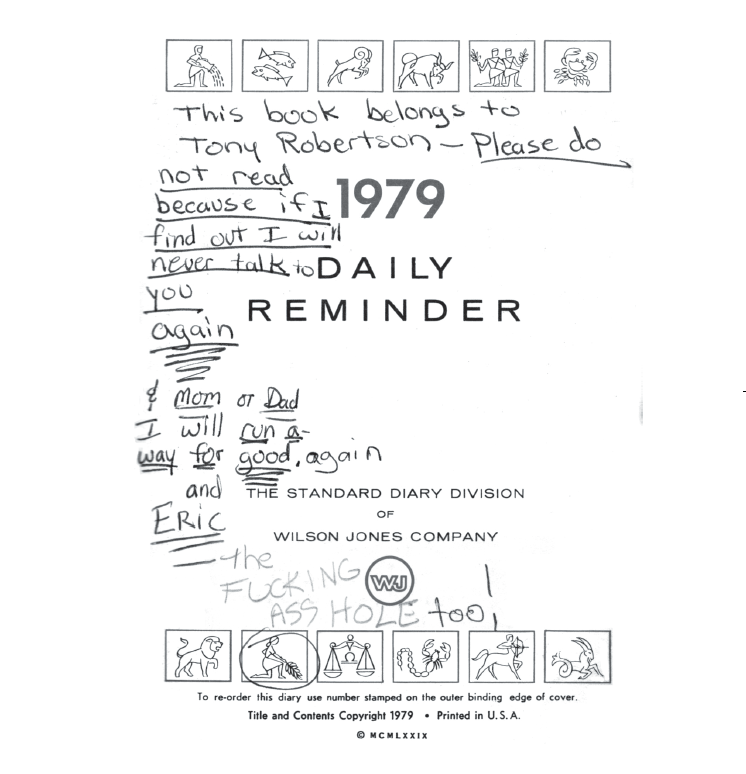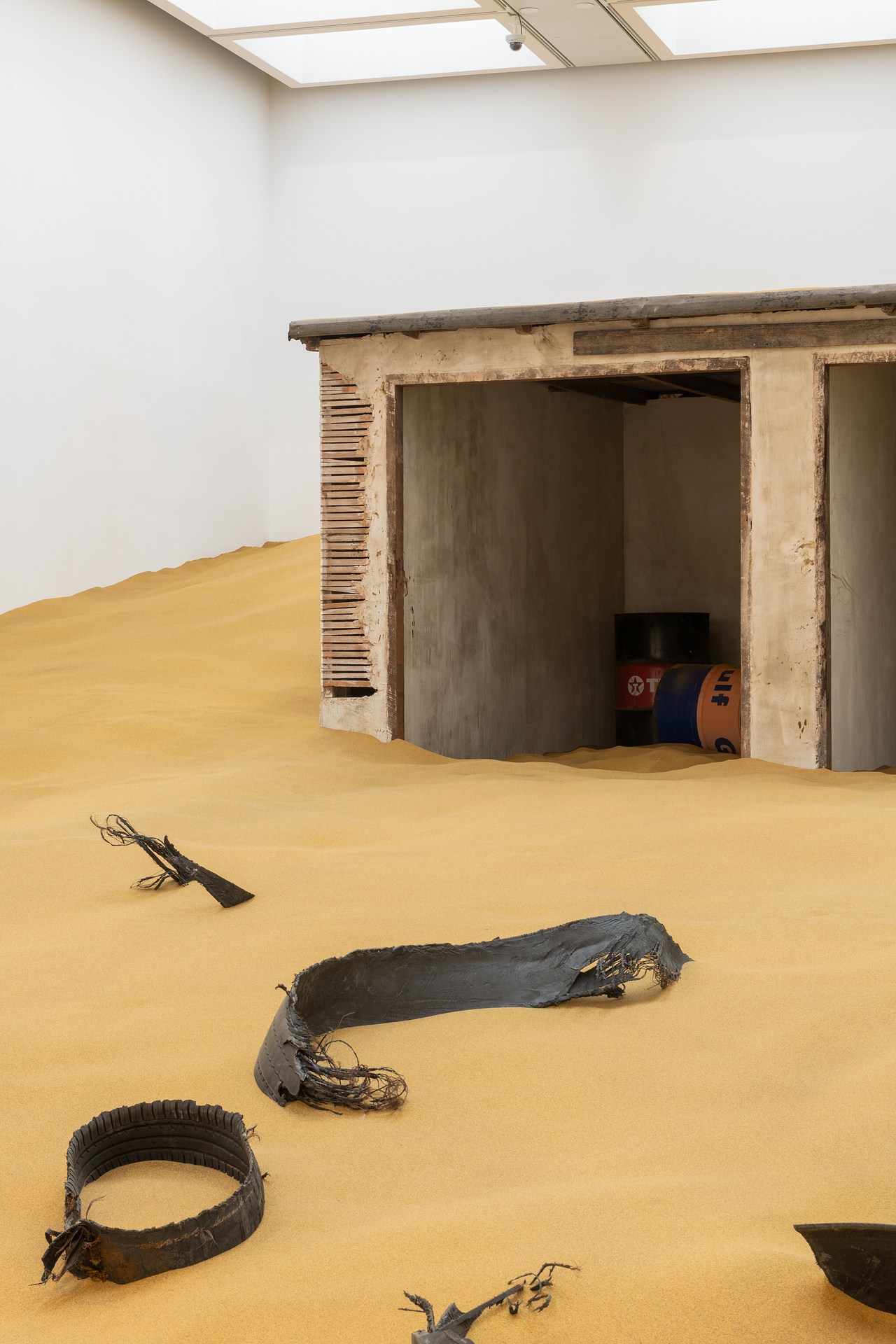Courtesy of Semiotext(e).
I met Sean DeLear when I was twenty-four, in this house across from the Eagle in Los Angeles—I remember Sean talking about the LA scene, me asking him if he had a Germs burn (I don’t remember the answer), but also being very struck by the fact that up until that point I had probably met only a couple dozen Black punks but never anyone of Sean De’s age and with their poise. Even in Stripped Bare House at 2 A.M. and being festive she just commanded this kind of magic and glamour—it was definitely something to reach for and to aspire to. We don’t always clock these things when we are younger, but the mere presence of her let me be hip to the fact that I could be beautiful, Black, and punk forever—and in fact, it would be the best possible path to take.
It had been mentioned to me by Alice Bag (of the Bags, duh) that Sean was amongst the “First 50”—that seminal group of LA kids who were the first freaks to go to punk shows in Los Angeles and the geniuses of LA punk. Being a total-poser nineties punk I can’t even wrap my head around the dopamine effect of being in the mix when it all felt new—when Sean first started taking the bus out of Simi Valley and going headfirst into the scene for shows in Hollywood. How very frightening and liberating it must have been at the time for her, but of course I think Sean De was way beyond the title “trendsetter”—the word for her is MOTHER, forever, for sure, and for always.
What is contained in the tiny pages of this book is a blaringly potent historical artifact of Black youth, seconds before the full realization into the scary world of adolescence and inevitable adulthood. Uncomfortable in parts? Yes, of course. I remember in eighth grade reading The Diary of Anne Frank—the uncensored version, which was withheld from the public until her father’s death because he stated he could not live with the most private parts of his adolescent daughter’s diary being consumed by the world. There is a certain sense of protection I feel for baby Sean De’s most private thoughts being so exposed; however, so very little is written about the lives and the bold sexuality of young queers, and specifically of young Black queers, that I also have to give regard to the fact that there is something ultimately explosive about this text. It also denotes the intense singularity of its author. A gay Black punk one generation AFTER DeLear, at the age of fourteen I was rather content staring at a wall and obsessing over my Lookout Records catalog—I can’t even comprehend a gay Black kid some thirty years before planning to blackmail older white boys’ dads for money for acting lessons. Okay, like first of all, YAAAAAAAS BITCH, and second, this level of forward thinking is what propelled Sean De to become the scene girl to end all scene girls. I do have to imagine what level of this diary is real and which parts sit in an autofictional space—did she REALLY fuck all these old white dudes? Or was it a horny and advanced imagination at play? The only real answer is WHO CARES. I think one of the most magical things about Sean De was that her imagination and her fantasy world were so absolute. The world she was spinning always BECAME true—this is the beauty of a shape-shifter, and she was a noted scene darling and muse for this reason.
Now amid all this magic, of course, was her fair share of trials and tribulations. Sean related to me that when her band Glue’s music video for “Paloma” debuted on MTV’s 120 Minutes, a higher-up in programming made a call to make sure that it was never shown again—and how sad.









